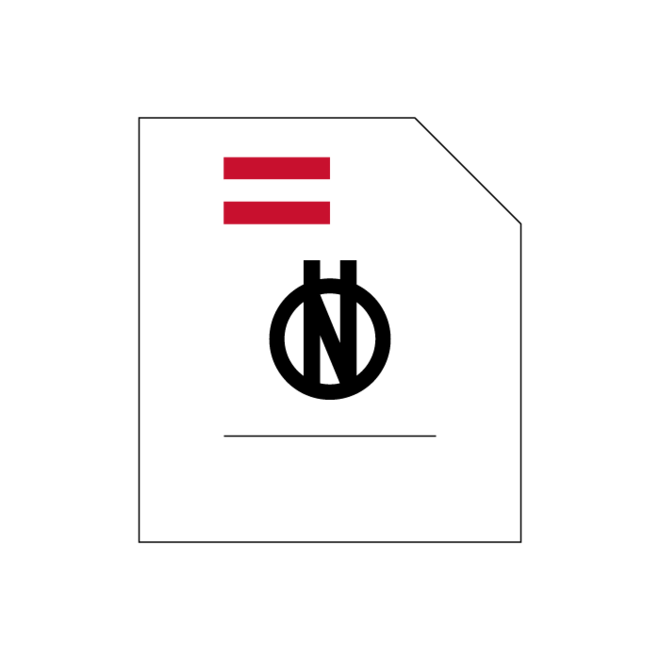Please select and order
€98.22
excl. VAT
Add to cart
Norm
ÖNORM EN ISO 52022-1
Issue date: 2018 01 01
Energy performance of buildings - Thermal, solar and daylight properties of building components and elements - Part 1: Simplified calculation method of the solar and daylight characteristics for solar protection devices combined with glazing (ISO 52022-1:2017)
This document specifies a simplified method based on thermal, solar and light characteristics of the glazing and solar and light characteristics of the solar protection d...
Valid
Publisher:
Austrian Standards International
Format:
Digital | 27 Pages
Language:
German
| English
| Download GER/ENG
Optionally co-design standards:
ICS
This document specifies a simplified method based on thermal, solar and light characteristics of the glazing and solar and light characteristics of the solar protection device, to estimate the total solar energy transmittance, direct energy transmittance and the light transmittance of a solar protection device combined to a glazing.
This document is applicable to all types of solar protection devices parallel to the glazing, such as louvre, venetian or roller blinds. The position of the solar protection device can be interior, exterior or between single panes in a dual glazing system. It is applicable when the total solar energy transmittance of the glazing is between 0,15 and 0,85. Venetian or louvre blinds are assumed to be adjusted so that there is no direct solar penetration. It is assumed that for external solar protection devices and for integrated solar protection devices, the space between the solar protection devices and the glazing is unventilated and for internal solar protection devices this space is ventilated.
The resulting g-values of the simplified method given here are approximate and their deviation from the exact values lie within the range between +0,10 and -0,02. The results generally tend to lie on the safe side for cooling load estimations. The results are not intended to be used for calculating beneficial solar gains or thermal comfort criteria.
The simplified method is based on the normal incidence of radiation and does not take into account either the angular dependence of transmittance and the reflectance or the differences of spectral distribution. This should be considered when applying the method.
The simplified method can also be used for inclined elements.
ÖNORM EN ISO 52022-1
2018 01 01
Energy performance of buildings - Thermal, solar and daylight properties of building components and ...
Norm
↖
ÖNORM EN 13363-1
2009 02 01
Solar protection devices combined with glazing - Calculation of solar and light transmittance - Part...
Norm
ÖNORM EN 13363-1
2007 09 01
Solar protection devices combined with glazing - Calculation of solar and light transmittance - Part...
Norm
ÖNORM EN 13363-1
2003 09 01
Solar protection devices combined with glazing - Calculation of solar and light transmittance - Part...
Norm
Norm
Issue date :
2018 03 08
Thermal performance of buildings and building components — Physical quantities and definitions
Norm
Issue date :
2003 09 02
Glass in building — Determination of light transmittance, solar direct transmittance, total solar energy transmittance, ultraviolet transmittance and related glazing factors
Norm
Issue date :
1994 09 15
Glass in building — Determination of steady-state U values (thermal transmittance) of multiple glazing — Guarded hot plate method
Norm
Issue date :
1994 06 30
Glass in building — Calculation of steady-state U values (thermal transmittance) of multiple glazing
Norm
Issue date :
1997 02 20
Glass in building — Determination of steady-state U values (thermal transmittance) of multiple glazing — Heat flow meter method
Norm
Issue date :
2017 06 21
Energy performance of buildings — Overarching EPB assessment — Part 1: General framework and procedures




